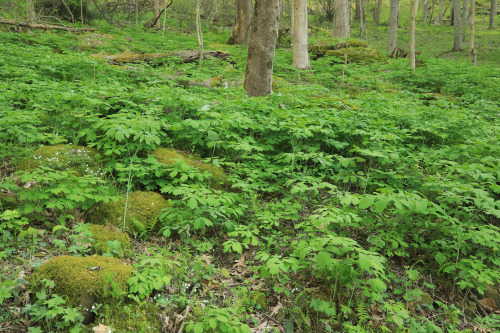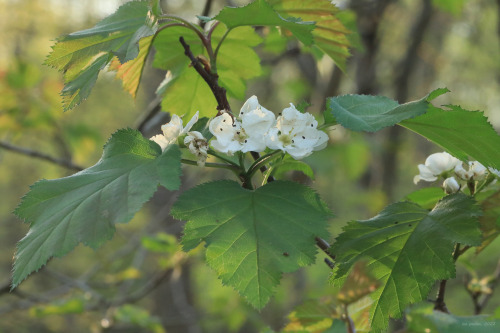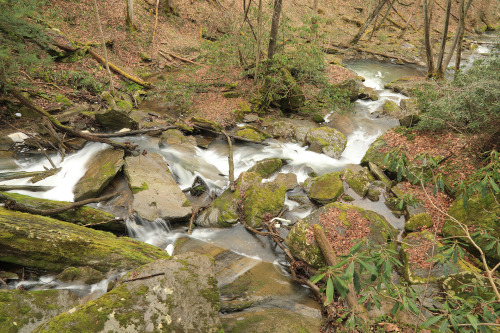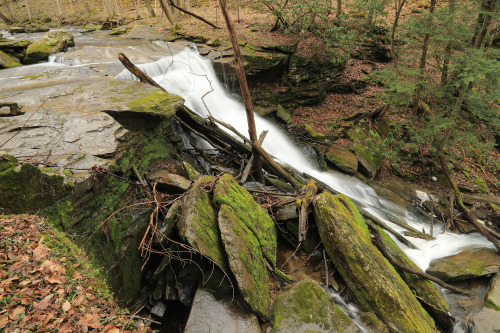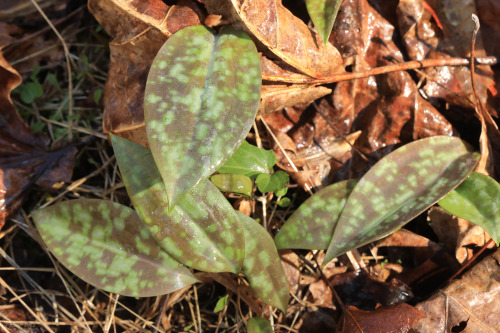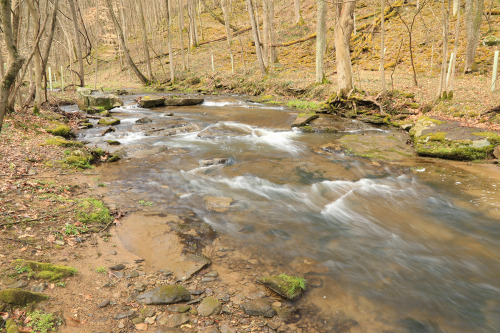#west virginia land trust
Elizabeth’s Woods, part of the Toms Run Preserve system, is located just a few minutes from where I work: a convenient little Eden on whose gentle, winding trails I frequently relieve my accumulated angst and stress. In early spring, especially in the late afternoon, the old woods take on a soft, burnished glow that penetrates every leaf and flower, exposing nature’s finest filigree - veins, venules, stigmas, anthers and more - in intricate detail.
From top: a rocky alcove overrun by giant blue cohosh (Caulophyllum giganteum); a purple variation of dwarf larkspur (Delphinium tricorne), a toxic little beauty whose flowers remind me of parachuting wizards; an even lovelier lavender and white variation of the same plant; a tall and stately Jack-in-the pulpit (Arisaema triphyllum); a smooth blackhaw viburnum (Viburnum prunifolium), equally beautiful in spring and fall, when its foliage turns reddish-purple; bigfruit hawthorn (Crataegus macrosperma) with new spring blossoms; woodland stonecrop (Sedum ternatum), whose massed white flowers look like clumps of snow in the leaf litter; and an unfurling Virginia grape fern (Botrypus virginianus), also known as rattlesnake fern due to its tendency to grow in the same habitats in which rattlesnakes occur.
Post link
It’s been a brutal spring weekend in NC-WV: cold, freezing drizzle, alternating waves of sun and low overcast, etc. The highly variable weather pattern this time of year drives me crazy. Anyway, nature reminds me that better days are ahead - evidence of life emerging from the barren woods grows stronger by the day. From Toms Run Preserve on Saturday: water droplets cling to a tough little rue anemone (Thalictrum thalictroides); yellow trout lily (Erythronium americanum) pushes up through the leaf litter; and giant chickweed (Stellaria pubera) produces a bouquet of white starbursts, which will soon light up the forest floor like pockets of spring snow.
Post link


